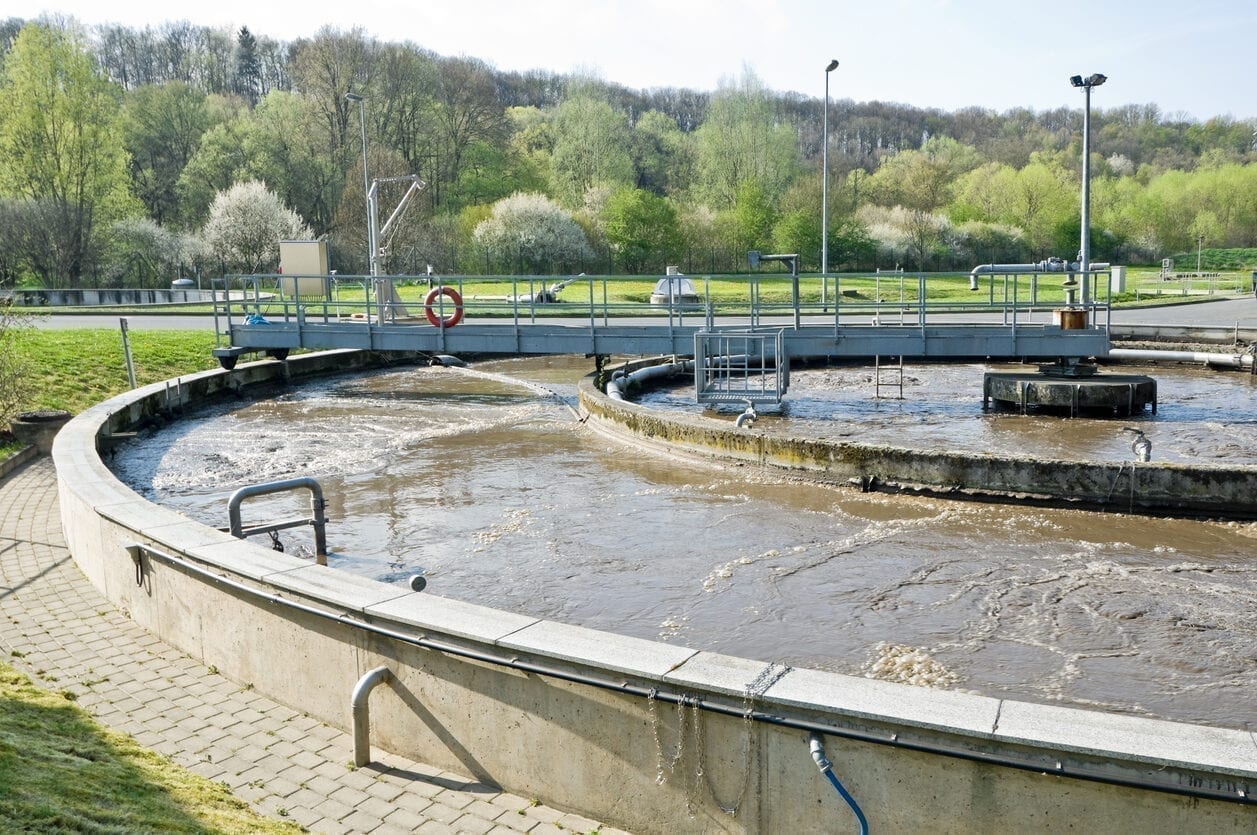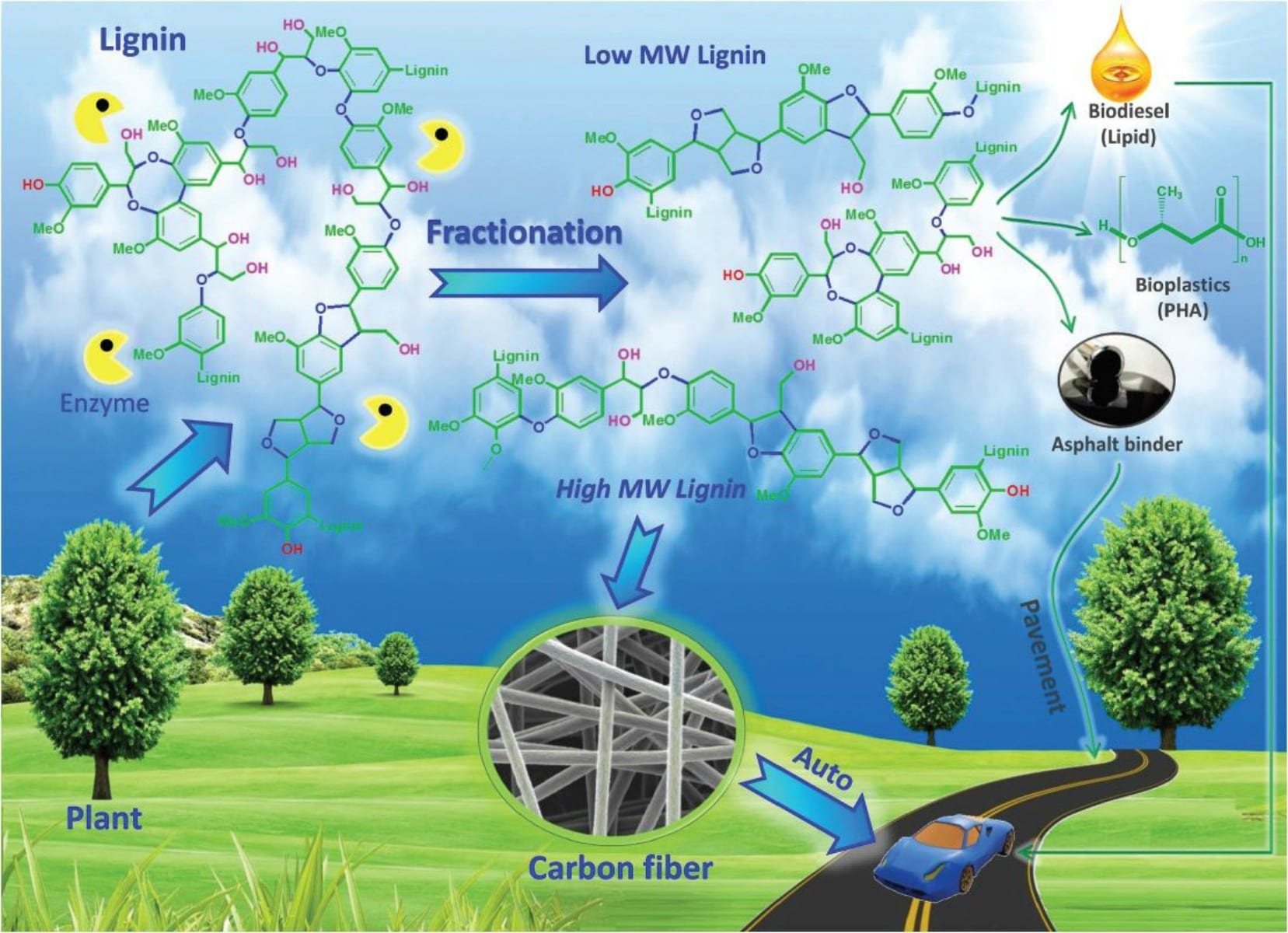
African farmers who are able to produce their own fertilizer from only air. Bhaskar S. Patil brings this prospect closer with a revolutionary reactor that coverts nitrogen from the atmosphere into NOx, the raw material for fertilizer. His method, in theory, is up to five times as efficient as existing processes, enabling farms to have a small-scale installation without the need for a big investment.
He receives his doctorate on 10 May at Eindhoven University of Technology (TU/e).
The production of one of the key raw materials for fertilizer, ammonia (NH3) or nitrogen oxide (NOx), is a very energy-intensive process that is responsible for about 2% of all global CO2emissions. However, it is hardly possible any longer to cut the energy consumption via current production processes since the theoretically minimal feasible energy consumption has already been more or less reached.
So the Indian PhD candidate Patil sought alternative methods to produce ammonia and nitrogen oxides for his PhD research, building two types of reactor, the Gliding Arc (GA) reactor and the Dielectric Barrier Discharge (DBD) reactor. In his experiments the GA reactor in particular appeared to be the most suited to producing nitrogen oxides. In this reactor, under atmospheric pressure, a plasma-front (a kind of mini lightning bolt) glides between two diverging metal surfaces, starting with a small opening (2 mm) to a width of 5 centimeters. This expansion causes the plasma to cool to room temperature. During the trajectory of the ‘lightning’, the nitrogen (N2) and oxygen (O2) molecules react in the immediate vicinity of the lightning front to nitrogen oxides (NO and NO2).
Patil optimized this reactor and at a volume of 6 liters per minute managed to achieve an energy consumption level of 2.8 MJ/mole, quite an improvement on the commercially developed methods that use approximately 0.5 MJ/mole. With the theoretical minimum of Patil’s reactor, however, being that much lower (0.1 MJ/mole), in the long term this plasma technique could be an energy-efficient alternative to the current energy-devouring ammonia and nitrate production. An added benefit is that Patil’s method requires no extra raw materials and production can be generated on a small scale using renewable energy, making his technique ideally suited for application in remote areas that have no access to power grids, such as parts of Africa, for instance.
The German Evonik Industries, who was involved in this research project, is right now working on the further development of the reactor. In addition, another PhD student at TU/e has begun elaborating this technology into a concrete business cases. Apart from use at remote farms, this technique can also be used to stimulate the growth of plants in greenhouses and to store sustainable energy in liquid fuels. The PhD research of Patil was financially supported by the EU MAPSYN consortium.
Learn more: Producing fertilizer from air could be five times as efficient
[osd_subscribe categories=’fertilizer’ placeholder=’Email Address’ button_text=’Subscribe Now for any new posts on the topic “FERTILIZER’]
The Latest on: Nitrogen from the atmosphere into fertilizer
[google_news title=”” keyword=”nitrogen from the atmosphere into fertilizer” num_posts=”10″ blurb_length=”0″ show_thumb=”left”]- Fertilizers will not fix Africa’s food crisis
Harun WaruiThe writer is Project Lead of the Route to Food Initiative at the Heinrich Böll Foundation office in NairobiThe world is confronting ...
- Indiana fertilizer leak triggers 10-mile fish kill
A leak from a 30,000-gallon liquid nitrogen fertilizer tank has resulted in a roughly 10-mile-long fish kill in Tippecanoe County, Indiana, according to environmental officials.
- Across Farm Country, Fertilizer Pollution Impacts Not Just Health, but Water Costs, Too
In June 2022, fertilizer runoff pushed Des Moines Water Works, the municipal agency charged with overseeing drinking water, to restart operations of their nitrate removal system—one of the largest in ...
- Patterns of crop-specific fertilizer-nitrogen losses and opportunities for sustainable mitigation
However, the applied fertilizer-nitrogen, particularly that exceeding crop demand and soil N retention capacity, can potentially escape into the environment and lead to a variety of negative ...
- Isotopes, Nitrogen, and Oceans: BC Professor’s Lab Provides Unique Insight Into Ocean Chemistry
When a cargo ship carrying fertilizer sank into the Red Sea on March 2 ... increase so-called ocean productivity that can increase the uptake of CO2 in the atmosphere into the ocean.” In 2020, Wang co ...
via Google News and Bing News










